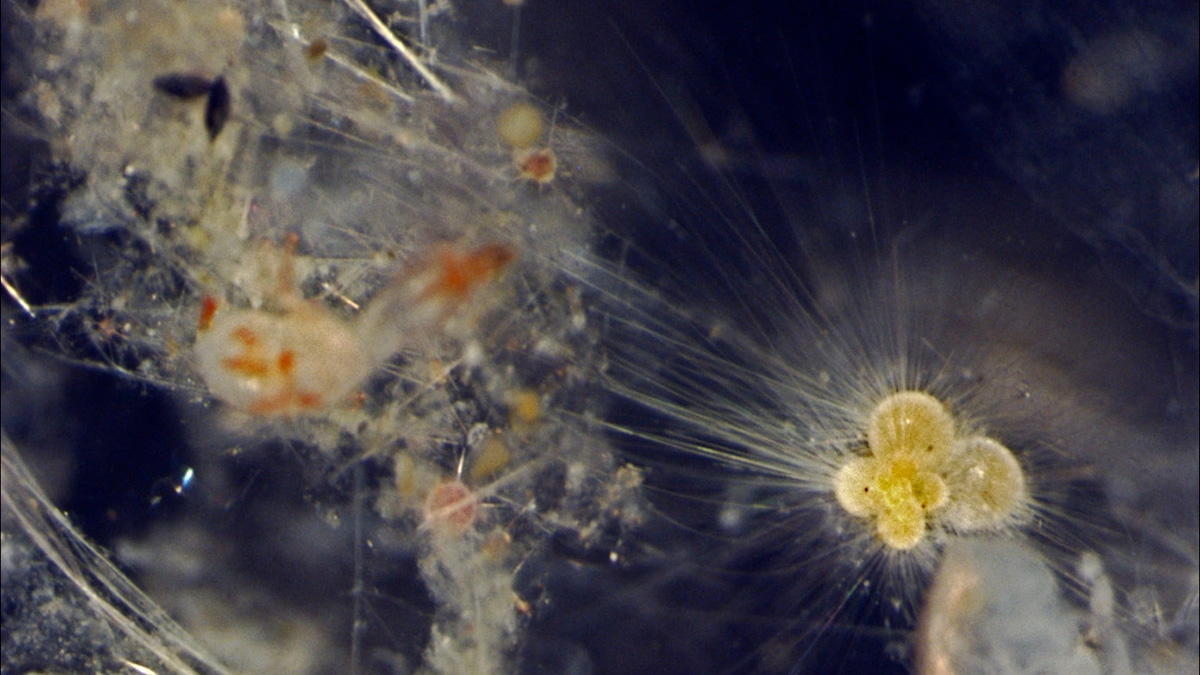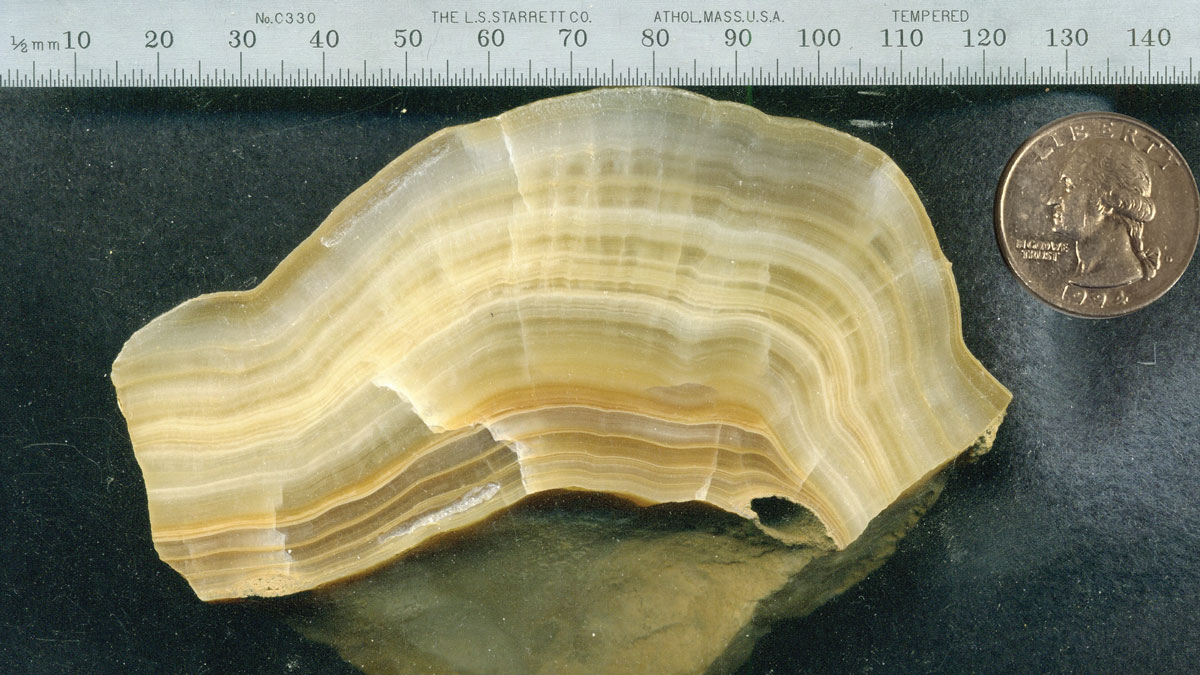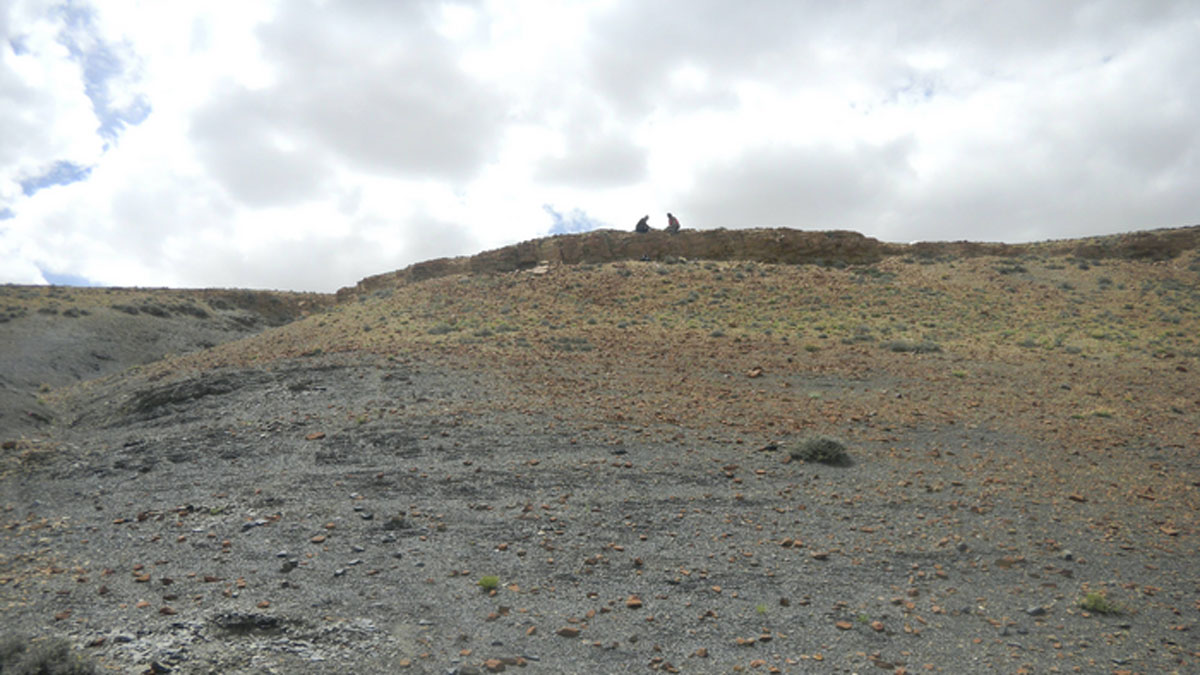Researchers tracked plankton through a changing climate over 8 million years. Now, that knowledge is helping scientists understand the coming effects of warming oceans.
paleoclimatology & paleoceanography
Wisconsin Stalagmite Records North American Warming
A speleothem has revealed rapid periods of warming across the interior of the continent during the last glacial period, corresponding to similar events recorded in Greenland ice.
Deep-Sea Sand and Where to Find It
Ancient underwater avalanches carried sand into the ocean’s abyss during a time when some least expected it.
Ice Cores Record Long-Ago Seasons in Antarctica
Researchers used ice core data to reconstruct seasonal temperatures throughout the Holocene. The results link especially hot summers with patterns in Earth’s orbit.
Martian Rocks May Record Ancient Wind Directions
Mars 2020 Perseverance Rover images of abraded surface rocks may retain records of ancient wind directions, providing important ground-truth to our understanding of Mars’ recent climate history.
Making Sense of the Great Barrier Reef’s Mysterious Green Donuts
Researchers set sail to the Great Barrier Reef to study how ring-shaped algae deposits formed and evolved, what feeds them, and the diversity of creatures that call them home.
The Bering Land Bridge Formed Much Later Than Previously Thought
New research reconstructs the Bering Strait’s flooding history, raising surprising questions about human migration and how ice sheets form.
Lagos longevos cuentan una historia sobre el agua en Marte
Imágenes de alta resolución de paleolagos recientemente descubiertos en Marte demuestran un período de su historia con flujo de agua constante.
UV Radiation Contributed to Earth’s Biggest Mass Extinction
To find the first direct evidence of heightened UV radiation during the end-Permian mass extinction, researchers turned to chemical evidence preserved in pollen grains.
Small Shrubs May Have Played a Large Role in Decarbonizing the Ancient Atmosphere
Vascular plants may have contributed to shaping Earth’s atmosphere long before trees evolved.










